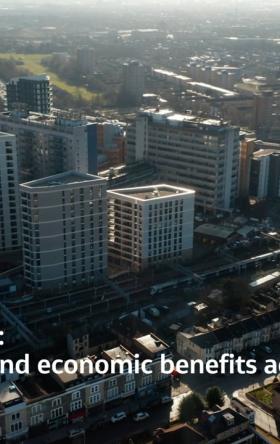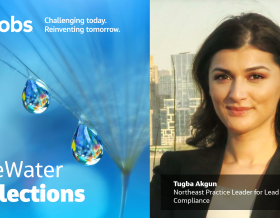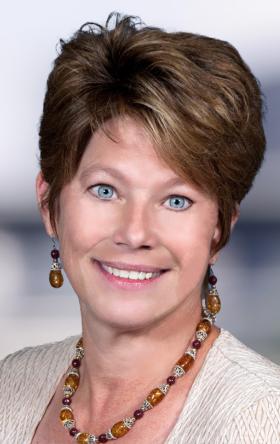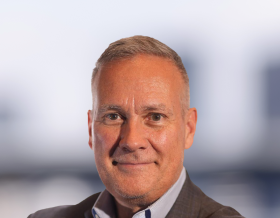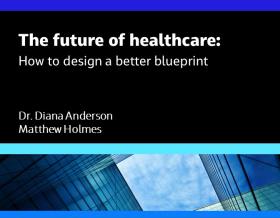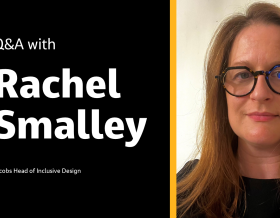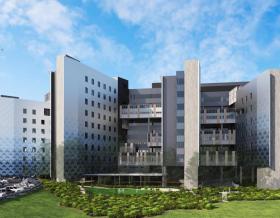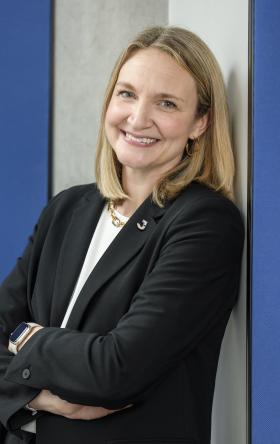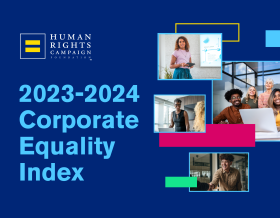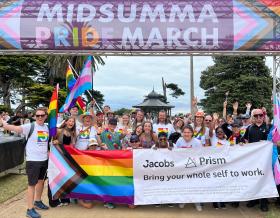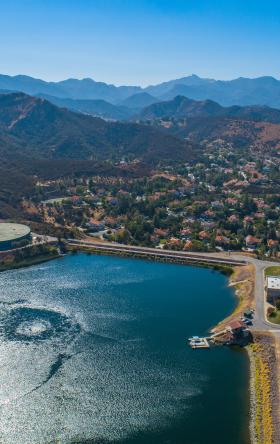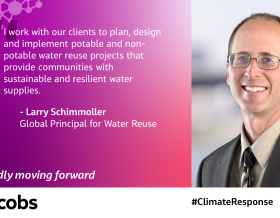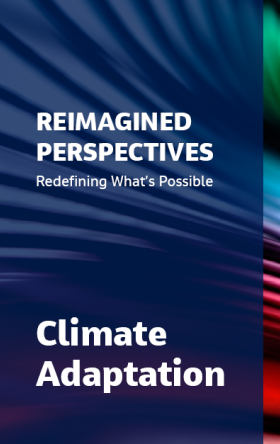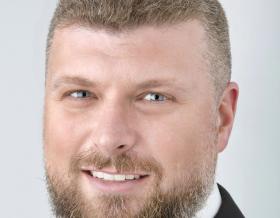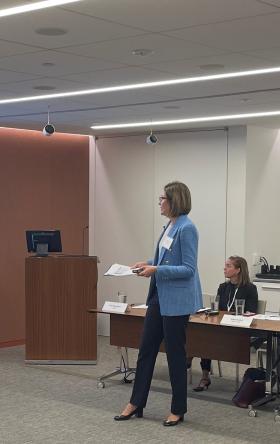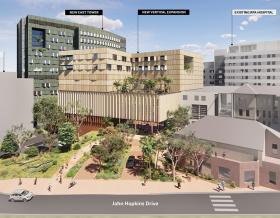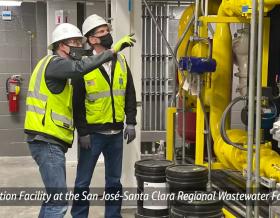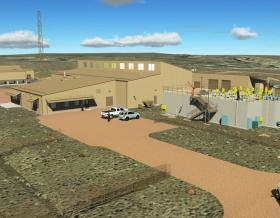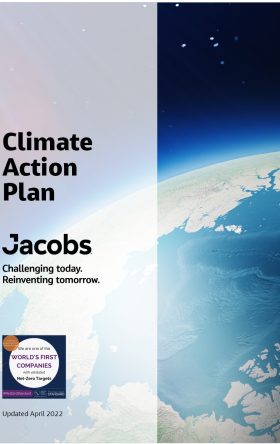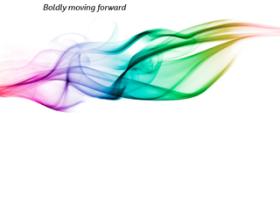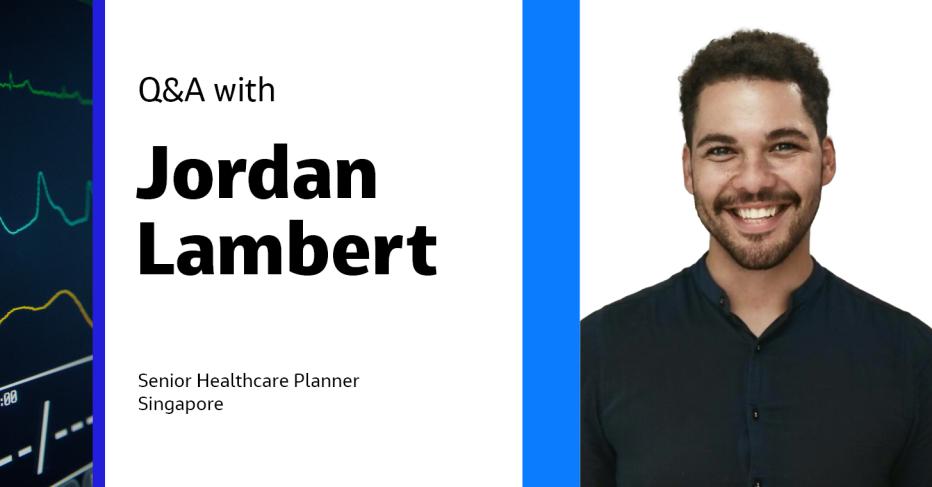
The healthcare industry is evolving rapidly, driven by challenges such as aging populations, workforce shortages and the growing demand for resilient infrastructure. Addressing these dynamics calls for innovative solutions that combine patient-centered care, operational efficiency and cutting-edge technology.
In this Q&A, Jordon Lambert, Jacobs’ senior healthcare planner, shares his insights on overcoming these challenges. He discusses key trends shaping healthcare planning, resilience strategies for future-ready facilities and how Jacobs is advancing patient-centered care to meet the changing needs of healthcare providers and patients.
Tell us about your role at Jacobs.
As a healthcare designer and medical planner, I specialize in leading the design and delivery of healthcare facilities in Singapore. With experience across the U.K. and Asia Pacific, I focus on integrating patient-centered care with operational efficiency, utilizing digital tools to ensure seamless planning and adaptability for future healthcare needs. I am passionate about collaborating with client teams and users, understanding their unique requirements and cultural nuances and guiding them on the journey to redefine their healthcare models.
How are you solving our client’s biggest challenges?
Healthcare systems worldwide face significant challenges including aging infrastructure, workforce shortages and increasing patient demand. Addressing these issues requires, innovative, future-ready solutions aligned with evolving care models.
Collaboration is key to success. By leveraging our global ecosystem of expertise, we transform challenges into opportunities for innovation. Through the integration of sustainable design principles, advanced medical planning tools and standardization where possible, we create adaptable, resilient facilities. These facilities enhance patient care, streamline clinical workflows and meet the demands of today and tomorrow.
What projects are you currently working on?
Our team is leading medical planning for the Alexandra Hospital, a transformational redevelopment project that integrates acute and community care services. The design addresses diverse needs, including pandemic preparedness and a flexible surge strategy in the event of mass casualties.
The project prioritizes sustainability, adaptability and patient wellness, ensuring the hospital is equipped to meet future healthcare challenges. We're also exploring standardization opportunities for healthcare across the region — an exciting prospect!
What emerging trends are you seeing in healthcare planning, and how are they shaping the design of healthcare facilities?
Healthcare planning is shifting toward preventative and community-based care models to address aging populations and workforce shortages. This approach involves creating comprehensive community health hubs supported by telehealth and digital health services, easing the pressure on larger, acute hospitals.
Another significant trend is integrating technology to enhance healthcare delivery. Artificial intelligence (AI) tools, wearable devices and remote health services are making healthcare more efficient and accessible. Adaptive architecture and evidence-based design enable flexible, scalable facilities that can adapt to changing healthcare demands.
This global approach, informed by regional innovations, emphasizes a data-driven system for managing health portfolios and assets, ultimately improving population health and economic outcomes.
How do you approach balancing patient-centered care with operational efficiency in healthcare facility design?
Balancing these elements requires close collaboration with stakeholders to design facilities that address both patient comfort and clinical workflows. Patient-centered care is supported by creating healing environments that incorporate natural light, intuitive layouts and a more domestic aesthetic helping to alleviate anxiety and moves away from the traditional institutional feel.
Operational efficiency is achieved through centralized resources and adaptable spaces that optimize functionality. For example, at Alexandra Hospital, we enhanced staff productivity by optimizing workflows while maintaining a serene and supportive atmosphere for patients.
This dual focus ensures that both patients and healthcare providers benefit from a well-designed facility that supports care delivery and promotes wellness.
In what ways is technology transforming healthcare planning, and what innovations are you most excited about?
Technology is transforming healthcare planning through advancements like predictive diagnostics and modular construction. One key innovation is the shift from "diagnose and treat" to "predict and prevent" models of care. AI-enabled decision support tools, such as Patient Catalyst by our partner PA Consulting, empower clinical staff to optimize patient pathways. By integrating data from across health systems, Patient Catalyst uses advanced machine learning and predictive analytics to deliver actionable insights and a unified single source of truth for clinical decision-making. This ensures patients receive the right care at the right time.
Digital health solutions, including telehealth and wearable devices, are alleviating pressure on hospitals and clinics. These technologies enable remote monitoring and virtual consultations, making healthcare more inclusive and accessible — particularly for elderly individuals and those with chronic conditions. Virtual wards, like those at the new Alexandra Hospital, showcase how digital health enhances care delivery beyond traditional hospital settings. This approach improves accessibility and efficiency while maintaining high-quality care.
What strategies does Jacobs incorporate for patient and staff wellness into the design of healthcare facilities?
Our approach prioritizes wellness by integrating natural light, fresh air and common areas for rest and recovery into designs. We enhance daily workflows to reduce staff travel time and improve operational efficiency while creating environments that support the well-being of staff and carers.
By improving working conditions, we aim to address critical staff shortages and elevate the quality of healthcare services. This includes designing flexible and adaptive spaces with areas for staff relaxation and community engagement all while ensuring infection control, sustainability and energy efficiency.
Can you share an example of a project where a unique healthcare planning solution led to significant improvements in patient care or operational efficiency?
The NHS Nightingale Hospital is a standout example of rapid healthcare innovation. In just nine days, we transformed the Excel London Exhibition Centre into a 4,000-bed emergency COVID-19 facility. This swift response involved innovative spatial planning and modular infrastructure, significantly boosting the U.K.’s healthcare capacity during a critical time.
How do you approach planning for resilience in healthcare facilities, particularly with recent challenges like pandemics and natural disasters?
Resilience planning emphasizes adaptability and sustainability. We design facilities with flexible layouts that can be reconfigured during emergencies and incorporate robust infrastructure to maintain operations during crises. Standardization and modular design at a planning level provide opportunities for flexibility and adaptability while also improving efficiencies for clinicians.
Lessons from the COVID-19 pandemic have shaped our approach, highlighting the importance of scalable solutions like modular designs and advanced ventilation systems. These strategies ensure that healthcare facilities can quickly adapt to changing needs and continue functioning effectively during crises.
How do you see healthcare planning evolving in the next 10 years, and what are you most excited about?
Healthcare planning is evolving toward more integrated, community-based care systems that prioritize accessibility and preventative health. Future facilities will seamlessly blend physical and digital environments, supported by AI and other technologies, to deliver personalized care. I’m particularly excited about designing truly adaptive spaces that meet today’s needs while anticipating and responding to future challenges.
We are on the verge of a holistic transformation, where hospitals and healthcare facilities serve as catalysts for community well-being. This shift is driven by tech-empowered talent, smarter architecture, evidence-based design and a data-driven systems approach to health portfolio and asset management.
By leveraging global insights and best practices, we can create environments that promote health equity, improve clinical outcomes and support the well-being of both patients and healthcare workers.
About the interviewee
Jordon Lambert, Senior Healthcare Planner

Jordon Lambert is a senior healthcare planner at Jacobs with extensive experience across the U.K., Asia Pacific, and Singapore. He specializes in designing and delivering healthcare facilities that balance patient-centered care with operational efficiency. Jordan leverages digital tools and sustainable design principles to create adaptable, future-ready spaces.



